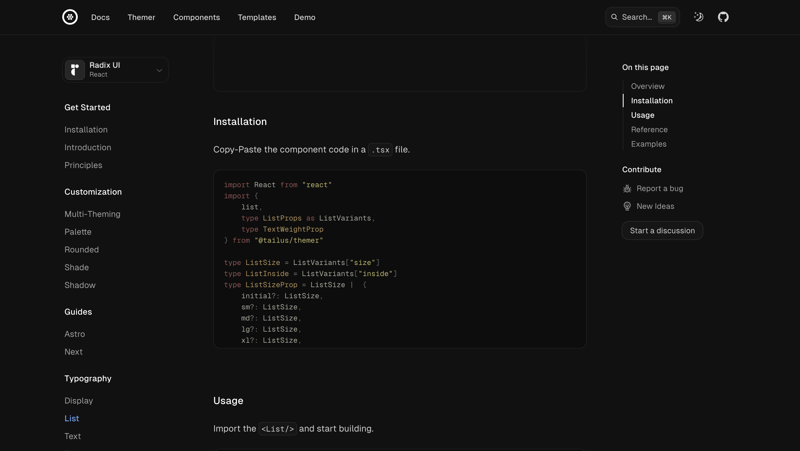In the ever-evolving landscape of web development, the concept of responsive design has emerged as a cornerstone principle, reshaping the way websites are created and experienced across devices of varying screen sizes and resolutions. In today’s digital era, where users access the internet through an array of devices ranging from smartphones and tablets to laptops and desktop computers, the need for responsive design has never been more pronounced. In this article, we will delve into the significance of responsive design in modern web development, exploring its benefits, best practices, and implications for businesses and users alike.
Responsive design refers to the approach of designing and coding websites to ensure optimal viewing and interaction experiences across devices, regardless of their screen size or orientation. Unlike traditional fixed-width layouts that may appear distorted or unusable on smaller screens, responsive design adapts the layout, content, and functionality of a website dynamically based on the device’s characteristics, thereby delivering a seamless and consistent user experience.
The proliferation of mobile devices has propelled the importance of responsive design to the forefront of web development. With mobile internet usage surpassing desktop usage in recent years, businesses must prioritize mobile optimization to cater to the growing segment of mobile users. Responsive design not only enhances usability and accessibility for mobile users but also contributes to improved search engine rankings, as search engines like Google prioritize mobile-friendly websites in their search results.
From a user experience perspective, responsive design plays a pivotal role in fostering engagement and satisfaction. By eliminating the need for horizontal scrolling, zooming, or panning, responsive websites provide users with a frictionless browsing experience, enhancing usability and encouraging longer dwell times. Moreover, responsive design promotes accessibility by accommodating users with disabilities or impairments, ensuring that everyone can access and navigate the content seamlessly.
In addition to its user-centric benefits, responsive design offers practical advantages for businesses seeking to maximize their online presence and reach. By consolidating their web presence into a single responsive website, businesses can streamline their maintenance efforts, eliminating the need to manage separate desktop and mobile versions of their site. This not only reduces development and maintenance costs but also simplifies content management and updates, allowing businesses to focus their resources more efficiently.
Furthermore, responsive design aligns with the principles of adaptive and future-proof design, enabling websites to adapt to emerging technologies and devices seamlessly. As new devices with varying screen sizes and form factors enter the market, responsive websites can adjust their layout and functionality accordingly, ensuring compatibility and consistency across platforms. This flexibility is particularly relevant in an era characterized by rapid technological advancements and shifting consumer preferences.
To achieve effective responsive design, developers must adhere to a set of best practices aimed at optimizing performance, usability, and accessibility across devices. First and foremost, developers should prioritize mobile-first design principles, starting with the smallest screen size and progressively enhancing the layout and features for larger screens. This approach ensures that the core content and functionality are accessible to mobile users without compromise, setting a solid foundation for scalability and responsiveness.
Additionally, developers should leverage fluid grid layouts, flexible images, and media queries to create adaptive designs that respond to different screen sizes and resolutions fluidly. By using relative units like percentages and ems instead of fixed pixel values, developers can create layouts that scale proportionally based on the device’s viewport size, ensuring a consistent visual experience across devices.
Furthermore, developers should conduct thorough testing across a range of devices and browsers to identify and address any compatibility issues or rendering discrepancies. Responsive design testing tools and browser developer tools can aid in debugging and fine-tuning the responsive behavior of websites, ensuring optimal performance and user experience across the board.
Some ways to achieve responsiveness:
Media Queries for Responsive Layout
.container {
width: 100%;
max-width: 1200px;
margin: 0 auto;
}
/* Responsive layout for smaller screens */
@media only screen and (max-width: 768px) {
.container {
padding: 0 20px;
}
}
Fluid Grid Layout
.row {
display: flex;
flex-wrap: wrap;
margin: 0 -15px; /* Negative margin to offset padding */
}
.col {
flex: 1; /* Flexible width */
padding: 0 15px; /* Horizontal padding */
}
/* Responsive column widths */
@media only screen and (max-width: 768px) {
.col {
flex: 0 0 100%; /* Full width for smaller screens */
}
}
Flexible Images
img {
max-width: 100%; /* Ensures images scale down proportionally */
height: auto; /* Prevents images from stretching */
}
Hiding/Showing Elements for Different Screen Sizes
@media only screen and (max-width: 768px) {
.desktop-only {
display: none; /* Hide on smaller screens */
}
}
@media only screen and (min-width: 769px) {
.mobile-only {
display: none; /* Hide on larger screens */
}
}
In conclusion, responsive design represents a fundamental paradigm shift in modern web development, driven by the proliferation of mobile devices and the evolving expectations of users. By embracing responsive design principles and best practices, businesses can create websites that are accessible, engaging, and future-proof, catering to the diverse needs and preferences of users across devices. As the digital landscape continues to evolve, responsive design will remain an indispensable tool for businesses seeking to thrive in an increasingly mobile-centric world.





![HackTheBox – Writeup Builder [Retired]](https://media.dev.to/cdn-cgi/image/width=800%2Cheight=%2Cfit=scale-down%2Cgravity=auto%2Cformat=auto/https%3A%2F%2Fdev-to-uploads.s3.amazonaws.com%2Fuploads%2Farticles%2Fxcdu9ennnq8wrxxo9rgs.png)